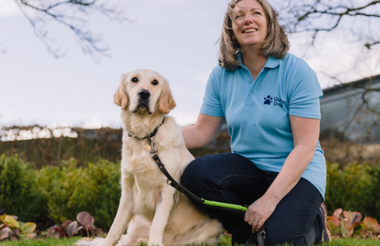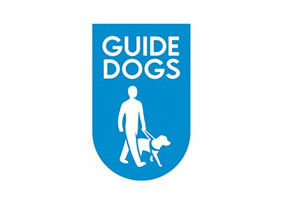Income at Guide Dogs has risen, partially due to an increase in legacy income, according to its annual report and accounts for 2021.
The “significant legacy income” in 2021 totalled £77.7m, which was up from £48.3m in 2020.
Fundraising volunteers, donors, and corporate partners also “raised record-breaking funds in 2022”, the accounts add.
Indeed, income in 2021 totalled £153m, up from £125.9m in 2020. Donations were £54.4m in 2021, up from £52.5m the year prior.
More and larger gifts
The accounts read: “We’ve had a remarkable year in terms of legacy donations, hitting unprecedented and unexpected levels in 2021.
“We have not seen legacy donations of this level before, nor do we expect them to remain this high.”
This was partially due to more people leaving money to the charity during the pandemic, increasing by 19%, but also some of the legacies being larger than normal. The accounts state that legacies exclude “contentious cases” amounting to £1m.
Staff costs and operations
Guide Dogs spent £59.3m on staff costs, which included £300,000 in redundancy payments. The chief executive was paid £175,100.
The average head count was 1,623, up from 1,540 the year prior. The accounts show 39 people at the charity were paid more than £60,000.
Despite gains in income, the charity’s work was heavily impacted by the coronavirus pandemic.
“We are devastated to report the impact on our operations, with the result that the wait for a guide dog has gone from under a year in 2019 to an average of one-and-a-half years,” read the accounts.
Moreover, as many guide dogs were unable to do their normal training, the number completing their training has dropped from around 65% to less than 50% “the lowest success rate we’ve experienced in decades”.
Related Articles












